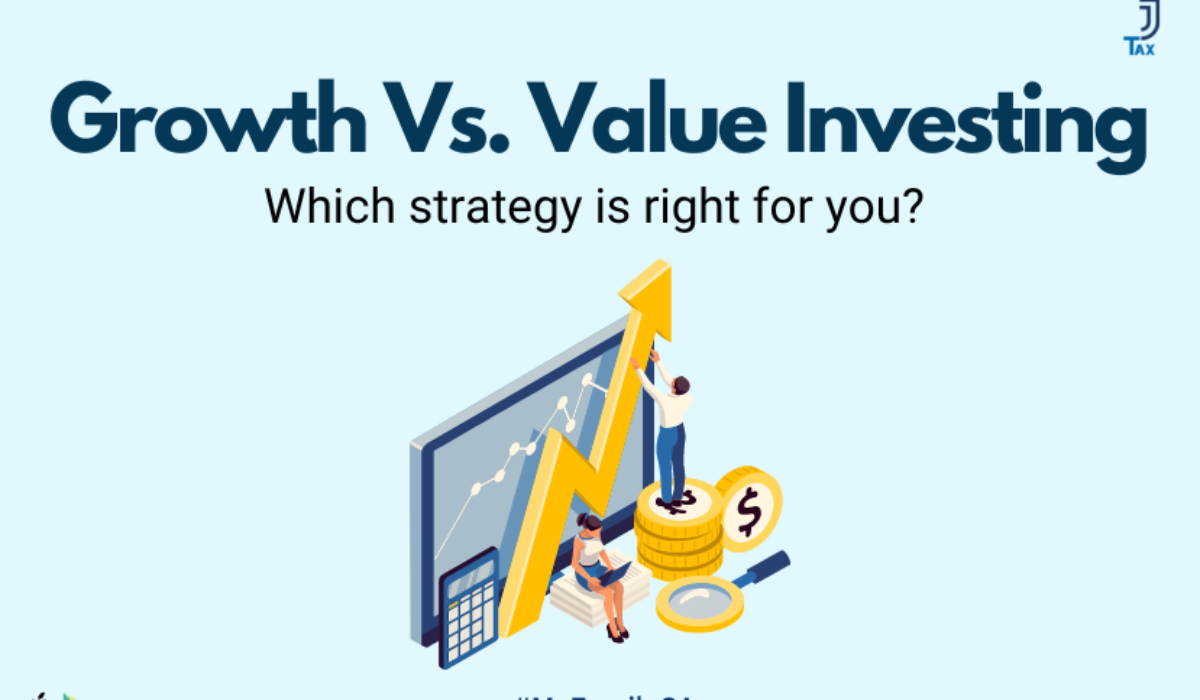Deciding Your Investment Approach: Value Investing vs. Growth Investing
In the realm of investing, two primary strategies dominate discussions: value investing and growth investing. Each approach has its own set of principles, goals, and risk-reward profiles, making it essential for investors to understand the nuances of each strategy and determine which aligns best with their financial objectives and risk tolerance. In this blog post, we’ll explore the key characteristics of value investing and growth investing, along with considerations to help you decide which strategy is right for you.
Value Investing:
Definition: Value investing involves seeking out undervalued stocks that are trading at prices below their intrinsic value. The goal is to identify companies whose stock prices do not reflect their true worth and invest in them with the expectation of future price appreciation.
Characteristics:
- Focus on Fundamentals: Value investors analyze financial metrics such as price-to-earnings (P/E) ratio, price-to-book (P/B) ratio, and dividend yield to identify undervalued stocks with strong fundamentals, stable cash flows, and healthy balance sheets.
- Margin of Safety: Value investors prioritize capital preservation and seek a margin of safety by investing in stocks with a significant discount to their intrinsic value, thereby reducing downside risk.
- Long-Term Perspective: Value investing typically involves a long-term investment horizon, with investors willing to hold onto undervalued stocks until their true value is recognized by the market.
- Income Generation: Value stocks often pay dividends, providing investors with a source of income while they wait for the market to recognize the stock’s true worth.
Growth Investing:
Definition: Growth investing focuses on identifying companies with strong growth potential and investing in them with the expectation of above-average earnings growth and capital appreciation over time.
Characteristics:
- Emphasis on Growth Potential: Growth investors look for companies with promising growth prospects, innovative products or services, expanding market opportunities, and competitive advantages that can sustain long-term growth.
- High Valuation: Growth stocks may trade at higher valuation multiples relative to their earnings or book value, reflecting investor optimism about future growth prospects rather than current profitability.
- Risk-Tolerance: Growth investing entails higher risk compared to value investing, as investors are betting on the future success of growth companies, which may be subject to greater volatility and uncertainty.
- Focus on Market Trends: Growth investors pay close attention to market trends, technological innovations, consumer preferences, and industry disruptions to identify companies poised for rapid expansion and market leadership.
Considerations for Choosing Your Investment Strategy:
- Risk Tolerance: Consider your risk tolerance and investment objectives. Value investing may be more suitable for conservative investors seeking capital preservation and income generation, while growth investing may appeal to more aggressive investors willing to accept higher volatility in pursuit of capital appreciation.
- Time Horizon: Evaluate your investment time horizon. Value investing tends to be a long-term strategy, whereas growth investing may offer opportunities for shorter-term gains but requires patience and discipline to ride out market fluctuations.
- Portfolio Diversification: Diversify your investment portfolio to mitigate risk and capture opportunities across different market segments. Combining value and growth stocks can help balance risk and return and enhance overall portfolio performance.
- Market Conditions: Consider prevailing market conditions and economic trends. Value investing may be more favorable during market downturns or periods of economic uncertainty, while growth investing may thrive in bull markets or during periods of technological innovation and industry disruption.
Conclusion:
Ultimately, the decision between value investing and growth investing boils down to your individual preferences, financial goals, and risk tolerance. Both strategies have their merits and drawbacks, and there’s no one-size-fits-all approach to investing. Whether you’re drawn to the stability of value stocks or the potential for explosive growth with growth stocks, it’s essential to align your investment strategy with your personal circumstances and investment objectives. By understanding the characteristics of each approach and carefully evaluating your options, you can make informed investment decisions and build a diversified portfolio tailored to your unique needs and aspirations.



